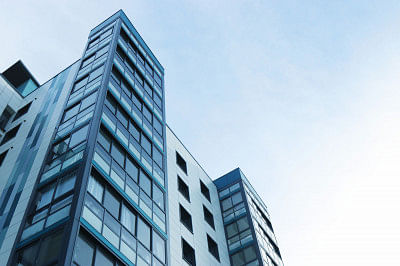
Why your building needs an AED
An automatic external defibrillator (AED) is a medical device that is able to pass an electric shock through a person's chest wall and to their heart. These portable devices also have a built-in computer that can assess a person's heart rhythm, judge whether a shock is needed and administer it if necessary. An AED also features a visual and/or audible prompt to guide the person using it throughout the process. If you don't yet have one of these devices in your building or location, it's high time to consider it for public safety reasons.
AEDs can save lives
Approximately half a million people experience sudden cardiac arrest annually, making it a significant public health problem. Since this can happen to anyone and without warning, it's very important to be able to respond to someone who has sudden cardiac arrest quickly and without considerable delay. This is where an AED comes in, as this device can deliver a life-saving shock before emergency responders are able to reach the victim and render aid. When a person experiences cardiac arrest, literally every second counts. When you have an AED in your location and people trained around who know how to use it, it can save lives.
Ideal AED placement locations
While there are many factors that go into device placement, there are some general recommendations for AED locations. An AED should be near people trained to use it and a phone or device that can call 911. A wall-mounted cabinet that is clearly labeled will help a user find the AED quickly and deter theft of or tampering with the device. AEDs should be in high-risk areas- places where a lot of people pass through and/or high-risk people are located-and within three minutes of a walk anywhere in the building or facility.
AEDs are made for most people to use with the proper training, even if they are not medical or rescue professionals. Secure the health and safety of your building's occupants today by getting an AED, training people to use it properly and installing it in an appropriate location that is accessible.
